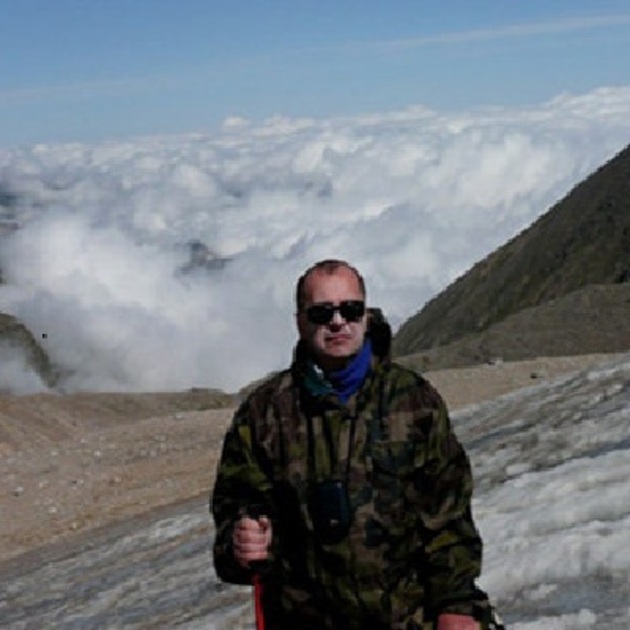The rains, snow and hail that hit Dagestan in recent days triggered mudflows that destroyed roads and houses in the mountainous part of the republic. The disasters affected eight regions of Dagestan. According to available information, 70 households and cars were damaged as a result of the flows. Fortunately, there are no human casualties. According to the Dagestan Main Directorate of the Ministry of Emergency Situations, in the Khunzakh region, in three settlements, roads were washed out, and a section of the regional Bunaksk - Gimry - Chirkata highway is currently blocked. A powerful cyclone hit other republics as well: Kabardino-Balkaria, North Ossetia, Ingushetia, Chechnya and Karachay-Cherkessia suffered from the heavy rainfalls. The water level in the rivers has risen sharply, indicating the persisting mudflow threats.
The mudflows season in the mountains of the North Caucasus, including Dagestan, begins in May and continues until September. This should be borne in mind by tourists going to the mountains, Mikhail Dokukin, a leading researcher at the Glaciology Laboratory of the High Mountain Geophysical Institute of Roshydromet, said in an interview with Vestnik Kavkaza.
- Mikhail Dmitrievich, how can tourists who have already planned a vacation in the mountains of the North Caucasus protect themselves from mudflows?
- There are websites "Cadastre of mudflow hazard in the south of the European part of Russia" and "Cadastre of avalanches and mudflows of the North Caucasus" available. All known mudflow basins in the republics are indicated there. This information needs to be studied before going to the mountains. Tourists should know where to pitch their tent. Usually, they are placed by the river, but it is necessary to find out beforehand whether this river is selenium or not. I talked, for example, with one renowned tourist who even has his own website with information about the Caucasus. I showed him a photograph of the Cherek Balkar Gorge, where a mudflow descended, consisting of 13-meter boulders. It turned out that he and his friends had previously spent several nights in a tent on the banks of this river, not knowing that it was selenium! And mudslides usually descent late in the evening or at night. It is very difficult for people to navigate in such a situation.
- Do tourists need to monitor precipitation in the mountains? How do mudflows occur in general?
- They have a different genetic type of origin. There are streams from the breakthrough of mountain lakes, from the accumulation of water in glaciers, from the activation of landslide processes on glacier sediments. Much depends on the temperature in the highlands - the danger of a mudflow descending increases when the air temperature on the glaciers is above zero even at night. When local rainfall affects mudflow basins. Rainstorm mudflows can occur in low-mountain relief. Especially when it is hot and rainy. Many factors are related here. There are different features of the development and activity of mudflows in different regions.
As for the temperature in the highlands, it is monitored by meteorological stations. For example, the high-altitude meteorological station Cheget, located at an altitude of 3 043 meters, gathers air temperature data at these altitudes.
- How can one protect himself from the mudflow?
- There are special engineer structures. The most effective are mudflow barriers, through which the flow is passed so that it does not go out into the built-up areas. For example, the protection of Tyrnyauz (one of the highest located cities of the Russian Federation, at an altitude of 1300 meters) is based on the mudflow barriers, which must be periodically cleared of mudflow deposits.
It was not by chance that Mikhail Dokukin mentioned Tyrnyauz, since this city survived the tragedy in July 2000. Within two days, a mud flow flooded residential buildings and destroyed a road bridge across the Baksan River. 930 people were resettled from damaged houses, 8 people died, almost 40 people were reported missing. Experts from the Vysokogorny Geophysical Institute urge builders not to create their facilities in the mountains without mudflow expertise at the design stage. It will save lives and houses built.






